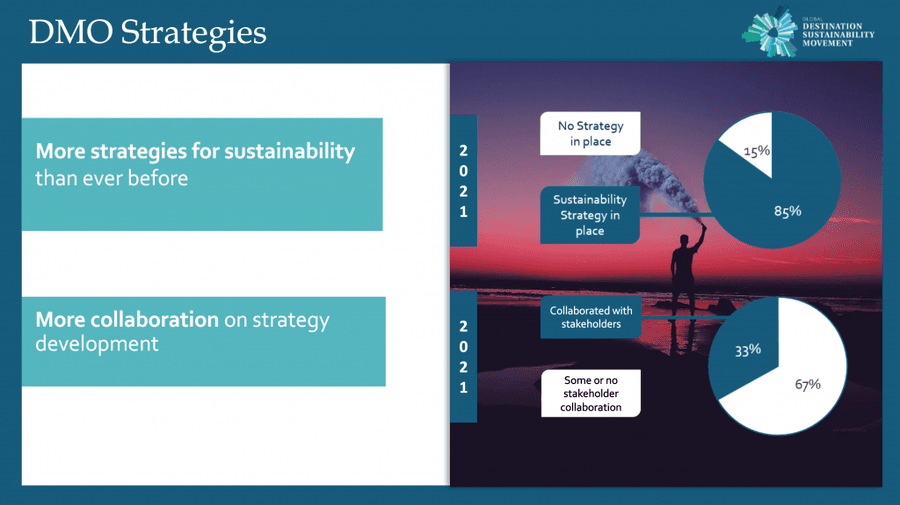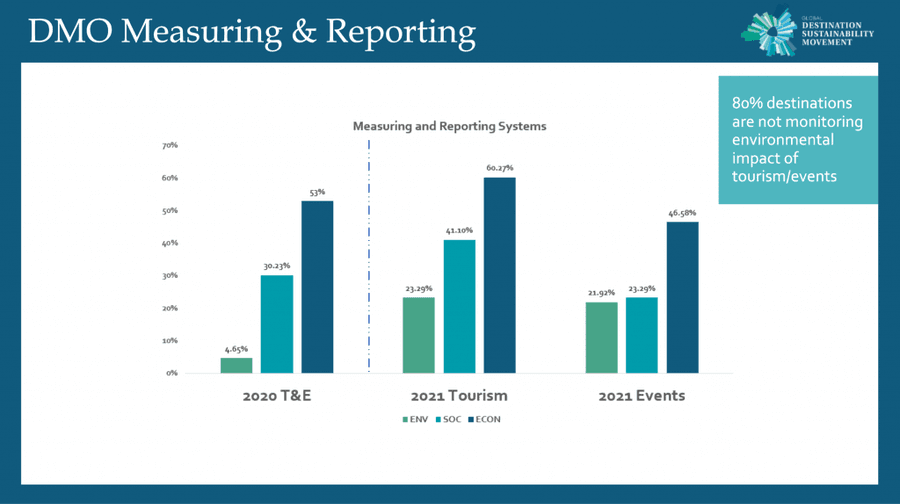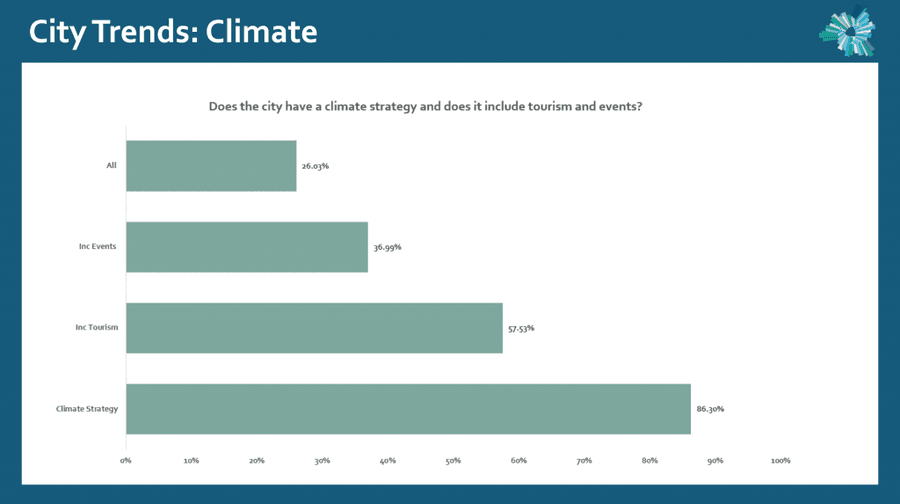Back in the beginning of 2020, the world’s largest asset manager, BlackRock, put climate action at the forefront of its investment strategy. In a now-famous annual letter to CEOs, the fiduciary, which then managed US$7 trillion-worth of assets, urged company leaders to rethink their approach not because it’s a ‘nice to have’ but because, in a destabilised reality where “climate risk is investment risk”, it makes solid business sense.
Business Unusual
“Over the next few years,” Larry Fink explained in the open letter, “one of the most important questions we will face is the scale and scope of government action on climate change, which will generally define the speed with which we move to a low-carbon economy. This challenge cannot be solved without a coordinated, international response from governments, aligned with the goals of the Paris Agreement.”
The Paris Agreement is an international treaty on climate change that set a long-term temperature goal to keep the rise in mean global temperature to well below 2°C (3.6°F) above pre-industrial levels, and preferably limit the increase to 1.5°C (2.7°F). Back then, Larry’s letter shook the business world; today it’s a different world.
The New Now
Fast forward 22 months to November 2021, when many such leaders gathered at COP26 to discuss their re/commitments to a low or no-carbon future. Have we collectively evolved from denial to doing? We have great aspirations.
Vox.com reports that 25 countries , including China , committed to stop financing coal power in other countries and 40+ countries – including five of the planet’s top 20 coal burners – have pledged to stop using coal power.
Nature.com reports that 100+ countries committed to reducing methane emissions by 30% by 2030.
It added that 130+ countries pledged to halt and reverse forest-loss and land degradation by 2030.
Further, it highlights, 45 countries committed to moving US$130 trillion to investments supporting net-zero emissions by 2050.
Race To Zero reports that “260 governments representing 1.75 billion people now aim to reach net zero emissions by 2050,” and “1 049 cities and local governments are now part of the UN-backed Race to Zero, representing 722 million people.”
Pulling focus away from pledges and zooming in on tourism and meetings, we see parallels – and points of departure – in hard data from the 2021 The Global Destination Sustainability Index (GDS-Index) from the Global Destination Sustainability Movement.
2021 Trends in destination management
The GDS-Index is a performance improvement programme to make the business and leisure tourism industry more sustainable. In a collaborative effort it supports destination management organisations and convention bureaux to adopt, promote, and recognise responsible and regenerative practices. The 2021 benchmarking was based on 71 criteria that ranked participating destinations’ sustainability performance. 73 destinations across the world took part to reveal some encouraging – and sobering – insights.
In 2021, more participating destinations than ever before have a sustainability strategy at 85%. There is a marked increase in collaboration on strategy development compared to previous years.
When it comes to measuring and reporting, however, 80% of destinations are not yet monitoring the environmental impact of their business-and-leisure tourism and events. Reporting on social performance is stronger for both, and economic reporting is the strongest, bringing us back to Larry’s warning. It’s particularly pertinent in the context of climate.
While 86 % of participating destinations have a climate strategy in place, only 26 % of these climate strategies include tourism and events. An impact approach to business events can better align the climate efforts of City (local government) and Destination Management Organization (DMO). There is great work to be done, and each and every destination has a powerful role to play in productive change.
Acting for tourism and meetings
Walking the talk, GDS-Movement is committed to both tourism and events in its own capacity as a company fully embedded in the industry.
It is a proud signatory of the Glasgow Declaration and Net Zero Carbon Events; both launched this week at COP26.
The Glasgow Declaration brings diverse stakeholders together with the aim of reaching net zero carbon by 2050. By becoming a proud signatory, we align our plans with the five pathways of the Declaration (Measure, Decarbonise, Regenerate, Collaborate, Finance) to accelerate and co-ordinate climate action in tourism.
Net Zero Carbon Events is an industry initiative hosted by The Joint Meetings Industry Council (JMIC) to address climate change. It integrates the global events industry with the fast-growing movement towards net zero by 2050. Its signatories will work together to define an industry Net Zero Roadmap for Events to be launched at COP 27 in November/December 2022 in Sharm El-Sheikh, Egypt.
Committing to both initiatives reinforces and continues the GDS-Movement’s efforts to encourage accountability and action while empowering a shift of leadership, mindset, and practice, so that we can together bring about the “regenerative revolution”.
Cop the gap
Pledges are powerful, but sustainability professionals recognise that collaboration, informed strategy, and sustained action transform hope into positive change. The 2021 GDS-Index trends highlight a critical need for local government and its DMO to align and convert their pledges into destination strategies and development action plans. This can consistently and exponentially reduce negative environmental impacts while establishing a legacy of responsive, responsible, and regenerative tourism that creates thriving destinations for all.
The surprise of COP26 comes from earth’s two biggest CO2 emitters. The BBC reports that the United States of America and the Peoples’ Republic of China jointly declared a commitment to strengthen climate co-operation over the next decade. This includes reducing methane emissions, the transition to clean energy, and de-carbonisation.
If, as BlackRock foretold, climate questions “are driving a profound reassessment of risk and asset values” across in all industries, we encourage a reassessment of strategy and action from all tourism and MICE stakeholders, because the realities and the results speak for themselves.
“The COP26 deal is now sealed,” emphasises Guy Bigwood, Chief Changemaker at GDS-Movement, “and while the Glasgow gathering has not guaranteed 1.5°C, it has kept the prospect of achieving it alive. What’s more, the last two weeks produced many solid national and citywide pledges to action within tourism, events, cities, finance, and others industries. This creates unprecedented convergence between investors, businesses, cities, and subnational regions that can and will drive authentic economic transformation. Now the real work begins. We must return to our businesses, cities, and associations, and turn these pledges into clear strategy and a short-term action plan that radically reduces emissions towards a net zero target, while fighting inequality and poverty, and supporting those in vulnerable communities.”
Need help? The GDS-Movement offers passionate and informed professional support to DMOs and CVBs every step of the way.
– Need new direction? Let us help engage your stakeholders and co-create a new regenerative vision and strategy for your destination.
– Want more of the 2021 GDS-Index results? Click here.
– Want to be counted? Manage what you measure with the GDS-Index and rank alongside climate actors.
– New to this? Learn regenerative event management or storytelling for regeneration in a GDS-Academy masterclass.
– Curious about our historic submissions? Explore our White Papers.






